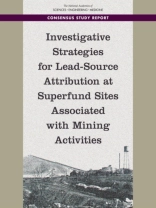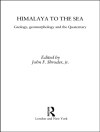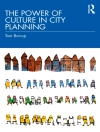The Superfund program of the US Environmental Protection Agency (EPA) was created in the 1980s to address human-health and environmental risks posed by abandoned or uncontrolled hazardous-waste sites. Identification of Superfund sites and their remediation is an expensive multistep process. As part of this process, EPA attempts to identify parties that are responsible for the contamination and thus financially responsible for remediation. Identification of potentially responsible parties is complicated because Superfund sites can have a long history of use and involve contaminants that can have many sources. Such is often the case for mining sites that involve metal contamination; metals occur naturally in the environment, they can be contaminants in the wastes generated at or released from the sites, and they can be used in consumer products, which can degrade and release the metals back to the environment. This report examines the extent to which various sources contribute to environmental lead contamination at Superfund sites that are near lead-mining areas and focuses on sources that contribute to lead contamination at sites near the Southeast Missouri Lead Mining District. It recommends potential improvements in approaches used for assessing sources of lead contamination at or near Superfund sites.
Board on Environmental Studies and Toxicology & Committee on Sources of Lead Contamination at or near Superfund Sites
Investigative Strategies for Lead-Source Attribution at Superfund Sites Associated with Mining Activities [PDF ebook]
Investigative Strategies for Lead-Source Attribution at Superfund Sites Associated with Mining Activities [PDF ebook]
Bu e-kitabı satın alın ve 1 tane daha ÜCRETSİZ kazanın!
Dil İngilizce ● Biçim PDF ● Sayfalar 112 ● ISBN 9780309465571 ● Yayımcı National Academies Press ● Yayınlanan 2017 ● İndirilebilir 3 kez ● Döviz EUR ● Kimlik 7145451 ● Kopya koruma Adobe DRM
DRM özellikli bir e-kitap okuyucu gerektirir












